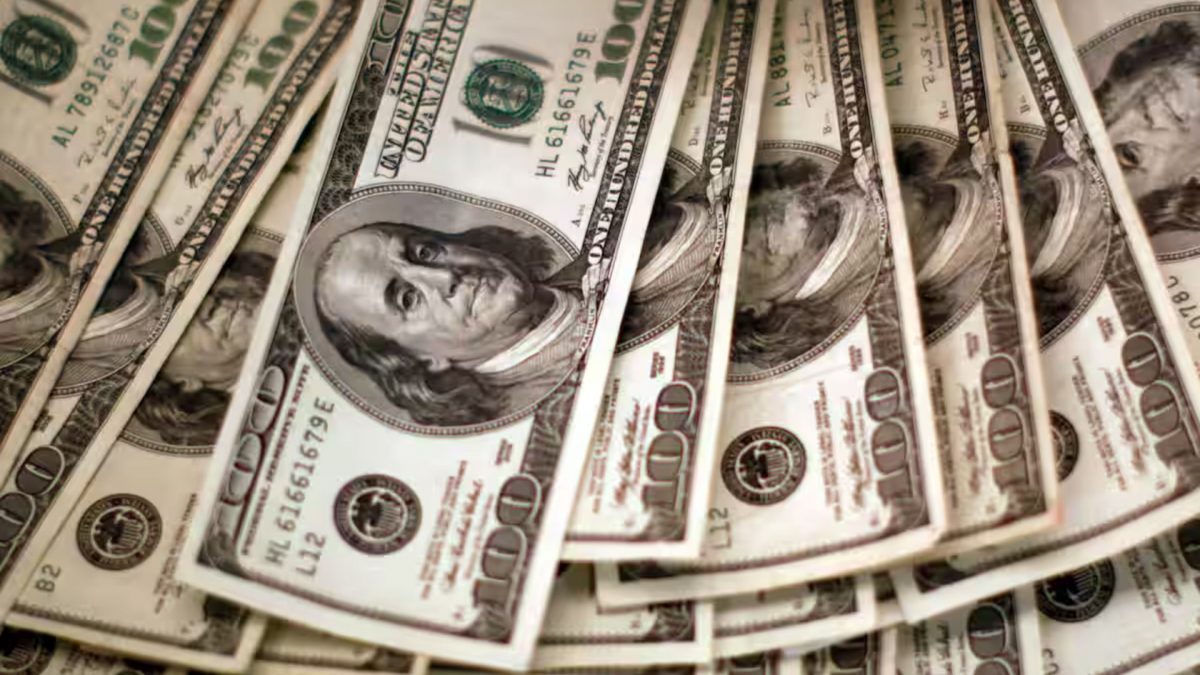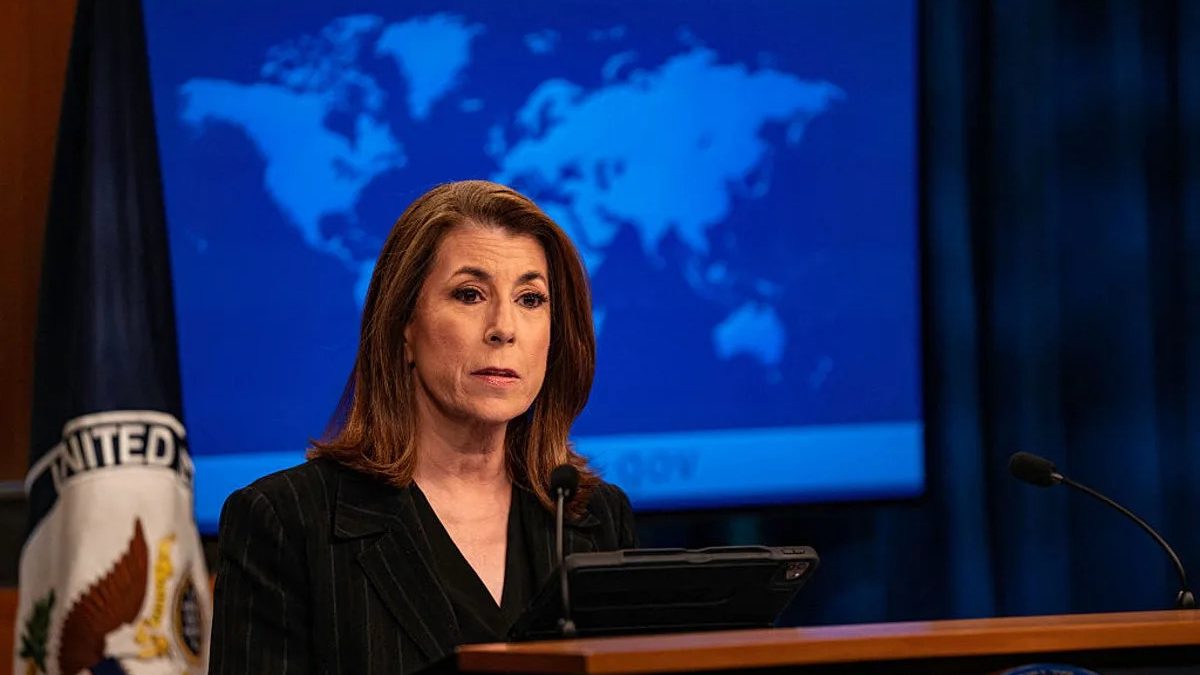The US economy is on the verge of a rare feat.
The economy grew 2.8 per cent in the second quarter of this year, as per the Bureau of Economic Analysis.
Not only is that Gross Domestic Product number far higher than experts had predicted, it also comes as unemployment remains relatively low.
All this translated to what is known as a ‘soft landing’ – which has happened just once.
But what happened exactly? And what does this mean?
Let’s take a closer look:
What happened?
Fast Company quoted data from the Bureau of Economic Analysis as showing that the economy grew at a faster-than-expected 2.8 per cent in the second quarter of 2024.
Keep in mind that this is an estimate and will be reviewed.
Still, this is a vast improvement from the first quarter where the US economy grew just 1.4 per cent.
As per VOA, economists had predicted around 1.9 per cent GDP growth in the second quarter.
“Overall the advance second quarter GDP report was a very good one,” Gus Faucher, chief economist at PNC Financial Services Group, told Fast Company.
“The economy continues to expand at a solid pace even as inflation is slowing. Although higher interest rates are weighing on economic activity to an extent, the US expansion continues and shows no sign of letting up.”
Impact Shorts
View AllAs per VOA, consumer spending provided a fillip to the second quarter’s numbers.
Consumer spending increased to a 2.3 per cent annual rate in the April-June quarter.
That number was at 1.5 per cent in January-March.
Meanwhile, spending on items such as cars and appliances spiked to a 2.5 per cent rate.
The first three months of the year had seen such spending reduce by 2.3 per cent.
The robust numbers took many aback – considering that unemployment numbers have steadily increased over the past few months. The unemployment rate is 4.1 per cent.
That’s a manageable rate but still higher than 3.5 per cent at this time last year.
Meanwhile, inflation is continuing its steady decline – and is moving towards the Federal Reserve target of two per cent.
According to Fast Company, the latest consumer price index numbers released in June showed inflation at around 3 per cent.
At its peak, inflation was over 9 per cent in summer 2022.
What does this mean?
The combination of the two – the spiking GDP figures and taming of the inflation without triggering a full-blown recession is a rare and remarkable feat by the Federal Reserve.
According to CNN, this achievement has happened just once – during the 1990s.
“The current health of the American economy shows that the Fed, with Jerome Powell at the helm as chair, has successfully handled inflation so far, with the finish line coming into clear view,” the piece noted.
“This is a perfect report for the Fed,” Olu Sonola, head of economic research at Fitch Ratings, told VOA. “Growth during the first half of the year is not too hot, inflation continues to cool, and the elusive soft-landing scenario looks within reach.”
According to the CNN article, the Fed cutting interest rates also shows that it feels confident that it has tamed inflation.
Its officials certainly seem to think so.
“Current data are consistent with achieving a soft landing, and I will be looking for data over the next couple months to buttress this view,” Federal Governor Christopher Waller, a key central banker, was quoted as saying by CNN.
“While I don’t believe we have reached our final destination, I do believe we are getting closer to the time when a cut in the policy rate is warranted.”
Federal Reserve Governor Lisa Cook in June told an economics conference in Australia that the evidence for a US “soft landing” was lining up.
She said the Fed’s preferred measure of inflation most recently at 2.6 per cent, versus the central bank’s 2 per cent target, and the unemployment rate at 4.1 per cent.
“My baseline forecast…is that inflation will continue to move toward target over time, without much further rise in unemployment,” Cook said.
Inflation was at 3.4 per cent in the first quarter, as per Voice of America.
While soft landings have been rare in economic history, she said, the fast decline in inflation without a substantial rise yet in the unemployment rate bodes well, and puts a premium on the Fed’s getting the right timing on its decision to begin easing monetary policy.
Soft landings are “more likely when policy easing began with inflation already close to target and when there was a relatively firm growth backdrop,” she said.
“In the US, what I have seen so far appears to be consistent with a soft landing: Inflation has fallen significantly from its peak, and the labour market has gradually cooled but remains strong.”
This also means that interest rate cuts are likely coming.
What do experts say?
Financial Times quoted Veronica Clark, an economist at Citigroup, as saying that the Fed would be “encouraged” by strong demand being continued from the first quarter.
She added a caveat.
“If you look at other monthly data, the trend is still that consumption is slowing and there are concerning signs in the labour market data.”
Meanwhile, James Knightley, chief international economist at ING, said: “This is a decent rebound after the [first-quarter] weakness. But the challenges for the economy are building.”
CNN quoted Powell as saying earlier in July that “elevated inflation is not the only risk we face.”
The Fed next meets on July 30-31, with investors expecting rate cuts to begin as soon as the following meeting in September.
With inputs from agenciese


)
)
)
)
)
)
)
)
)



